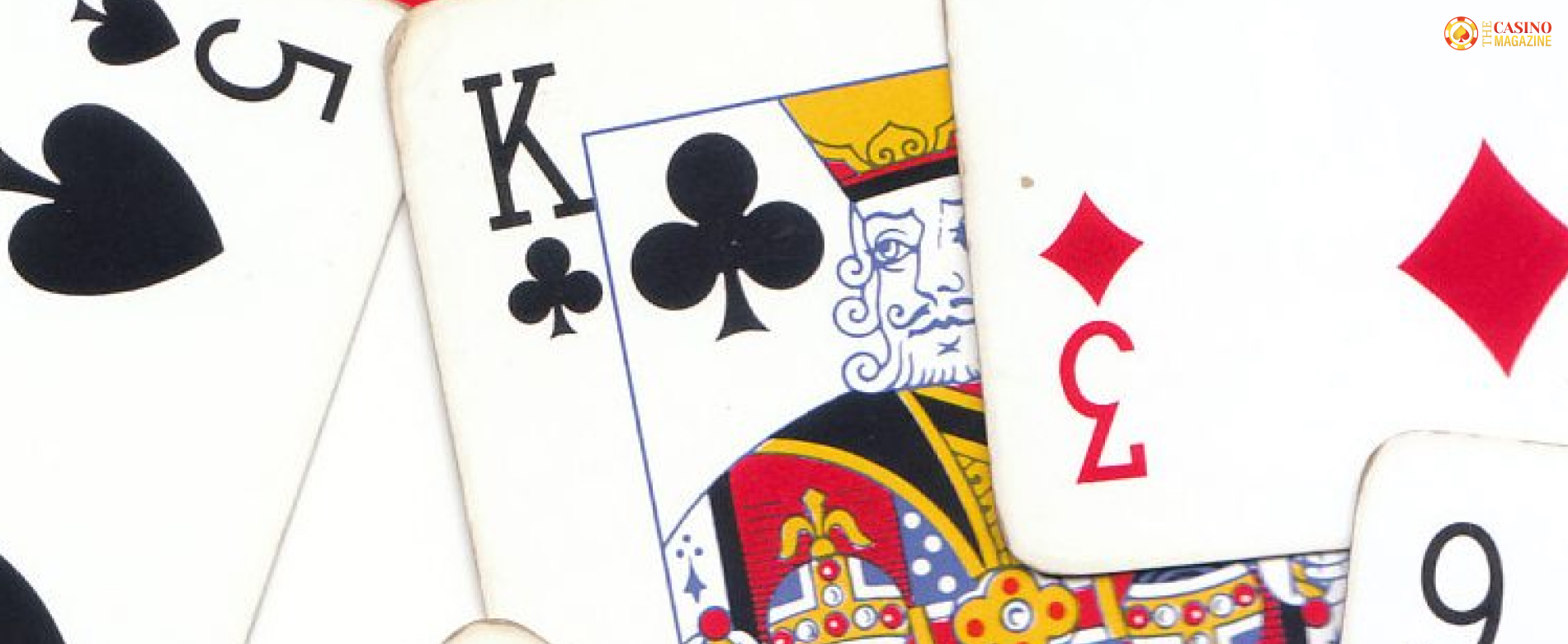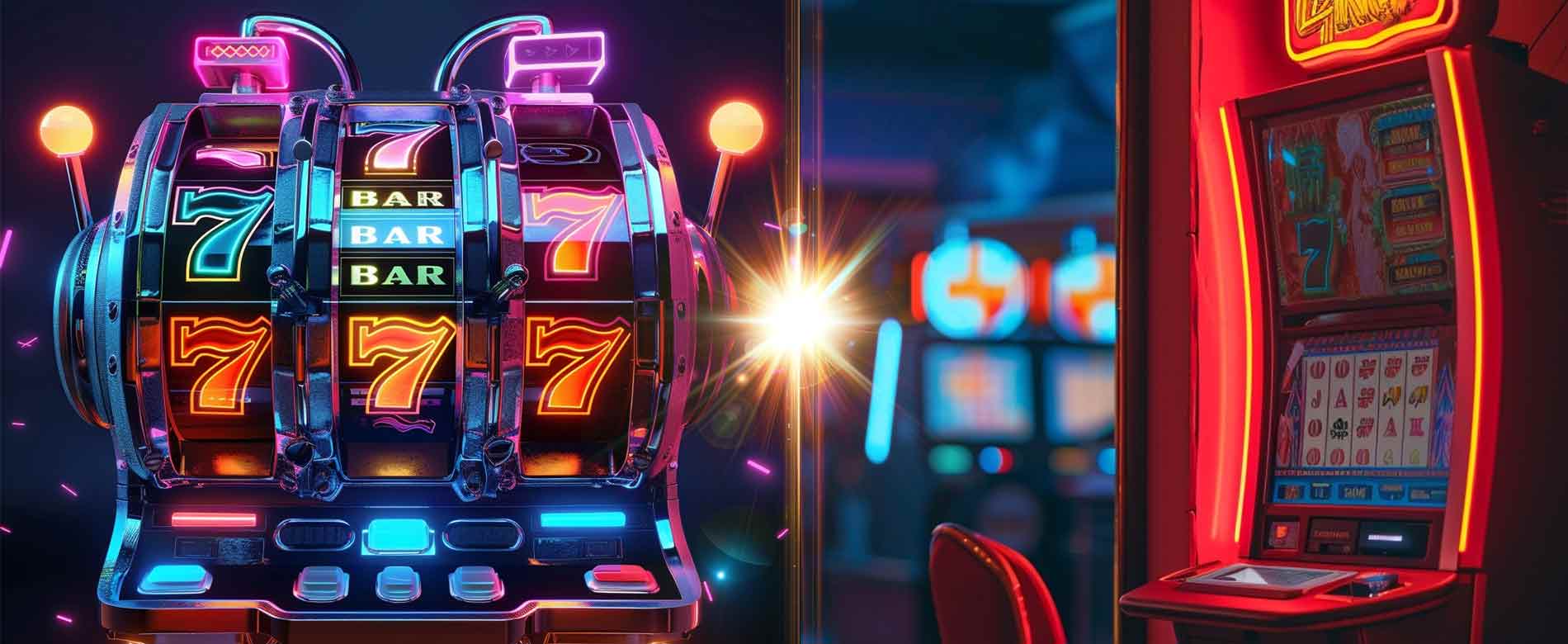Suicide King is definitely one of the most intriguing cards that you can find in the deck of all the 52 cards. It has an intricate story and a nuanced history that makes the card an enigma for those of you enjoy studying the complex history behind it. Stick around.
What Is The Suicide King Card?
Before we even start with our article, let me ask you something. Have you ever taken a good look at a deck of cards? If you have, you will notice that a deck of cards has four kings or suits. Each of the kings is seen holding some kind of weapon. Two of the king holds what appears to be a pair of swords or scimitars. One holds a battle axe. And finally, the guest of honor for the day holds what looks like a dagger, but the angle is such that it seems like the king is stabbing himself in the head. This is why the king of heart is popularly called the suicide card.
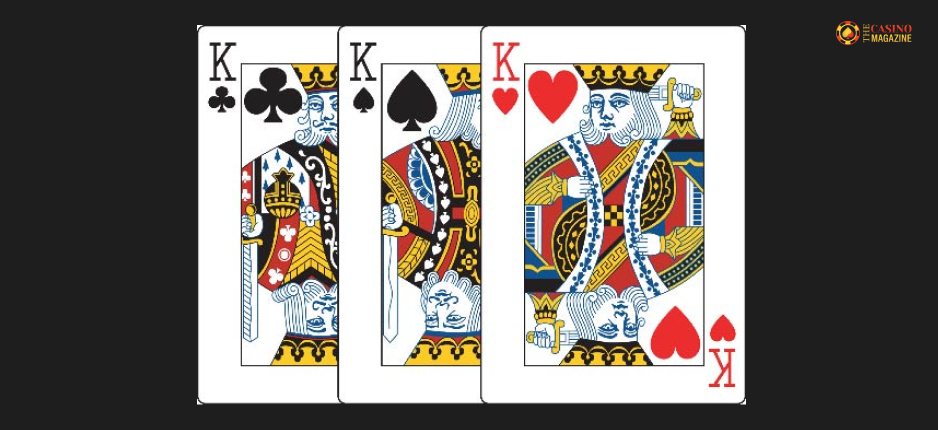
What could the significance be behind such a specific and varied imagery? In order to truly understand the subject, what we need to do is to go back in time. Historians claim that the origin behind such varied imagery dates back to the 28th century. Historians believe that the figures depicted on these cards are meant to show battle-ready kings. An 18th Century french artist came up with the imageries. This is why the cards are called Paris Pattern.
The Paris Pattern deck of cards contains 52 cards. Apart from the kings, the other three face cards include four queens, four jacks, and a single joker card. In fact, apart from the usual 52-card version, the Paris pattern of the card also has a smaller and compact version that boasts around 32 cards.
This is a highly popular deck of cards that is sold in France. However, the Paris pattern is not the only popular pattern of card artwork. In fact, to rival the French-designed cards, the English came up with their own version. The depictions mostly remained the same, but the overall essence remained the same.
Is Charles The Seventh Called The Suicide King?
Historians believe that the cards represented famous emperors and rules of that era. The King Of Diamond resembles the Roman emperor Julius Caesar. King Of Spades represents David, King of Israel. King Of Club depicts Alexander the Great. And King Of Hearts depicts Charlemagne or Charles the Seventh.
But is it true? Well, we would not know unless we try and assess the claim.
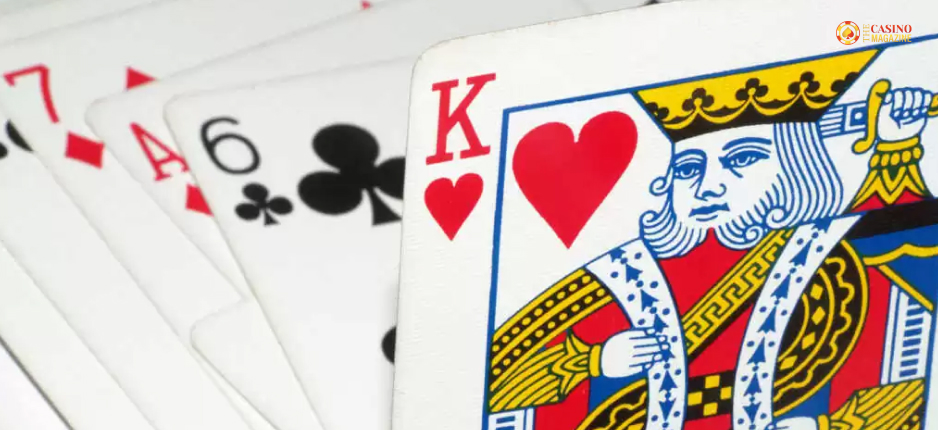
Now, if we do go by the claim that all the rulers who made it to the face of the card are some of the most prominent rulers of their time, then a small problem arises. If three of the cards represent the likes of Alexander, Julius Caesar, and David. The question remains: why include an emotionally unstable individual like Charles the Seventh to be one of the faces? Well, the answer is not as black and white as you might think. In fact, the story behind this association is several, and each one of them adds some substance to the conspiracy.
A theory also suggests that King Charles was the only king who was alive during the time these cards were issued. To show reverence to the king, the artist decided to include him in the roster. The reason why the image shows that Charles is taking a knife to his head is because that is exactly how he killed himself. Therefore, artists thought that the image would become popular and therefore decided to show the graphic scene of Charles’ death.
Interpretation
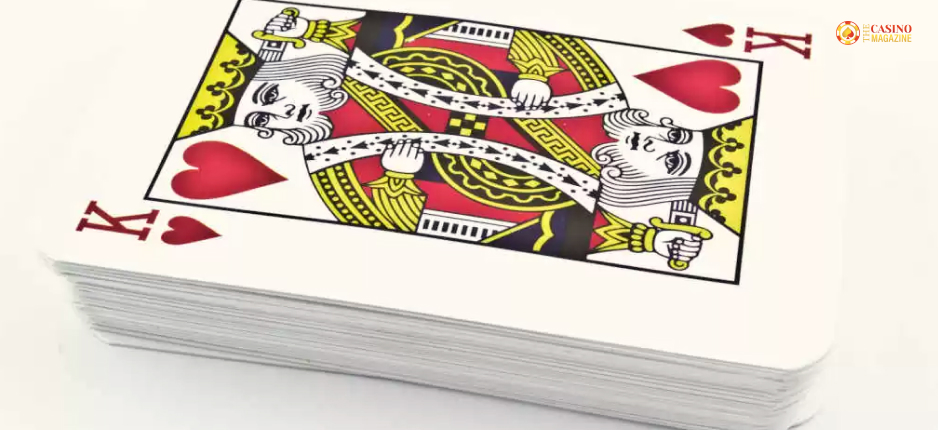
Interestingly, artists used to handpaint the playing cards. These painters would often leave some of their signatures on the commissioned artwork. As a result, playing cards come with varied designs and patterns. And with this comes subjectivity of interpretation. Thanks to extensive research. Historians were able to find some answers behind some of the most plausible interpretations.
The Position Of The Sword
One of the most important aspects of the card that greatly adds to the overall interpretation of it is the sword and the angle at which it rests. If you look closely, you will see that the angle of the sword looks very similar to a person stabbing himself in the head. Even if the imagery depicts a king using the sword to fight, it is impossible to strike a final blow if you swing it above your head. So, the angle suggests that the king might be stabbing himself in the end.
The Moustache
Another aspect that historians like to discuss is that the Suicide King is the only king out of the four who does not have any sort of facial hair. A historian believed that the card depicts the purest of organs, the heart. And therefore, the artist decided to make the king as true to himself as possible. In fact, others claim that suicide is an act of cowardice. Hence the king is a coward and, therefore, is not even a man, which is why there is no facial hair.
Redesigning Throughout History
One of the most notable aspects of the Suicide King Card is its redesign throughout history. Historical sources suggest that the card has gone through several revisions over time. Hence, it is essential to look at these revisions. They will help us understand the significance of the Suicide King card.
Historical annals show that the first design of the suicide card was etched back in 1565. History credits a French painter named Pierre Marechal. Marechal hailed from Rouen and is said to be the prime designer of this set of cards.
Back in the day, cards were hand-drawn. In fact, some of the most prominent card designs were actually commissioned by the king to budding artists. As a result, artists often tried selling their unique style through these commissioned projects. However, artists only managed to shop their artistic flair in places where they were able to draw the kings, the queens, the jesters, etc.
This started a unique trend where artists put more effort into their works. Eventually, these different figurines were named after different historical figures. As a result, playing cards became an integral part of medieval society. In fact, some of the most expensive cards in history were named after some of the greatest heroes of all time.
The next chapter in the redesigning history was the introduction of the symmetrical style. Earlier, the cards represented full figurines of historical or legendary heroes. However, as time progressed, this style was soon replaced by the symmetrical style or the two-headed style. This grew even more popular than the Rouen design. In fact, this style became a staple style and has not been changed. You can even find traces of this style in today’s playing cards.
Stories & Legends
Given the historical connotation attached to the Suicide King card, it is often seen as something spooky and otherworldly in nature. As a consequence, there are several conspiracy theories attached to the card.
According to a reddit user, the card shares a stark resemblance with an old english legend. According to the legend, a king stayed with his four sons. Each of the sons had a special ability. The first son was a great tactician, the second son was a master archer, the third son was a great weapon master, and the final son was a great sorcerer.
When it was time for the king to die, he presented a weird clause for his sons to follow. According to the clause, the king’s kingdom would be divided equally among his sons with a mustache. Three of his eldest son got a portion of their father’s kingdom. However, the youngest son, who was a great sorcerer, was left out of his father’s inheritance. This saddened the young prince, and he committed suicide.
According to Reddit users, the suicide king is the only prince without a mustache. Also, there is a sorcerer’s symbol attached to the card. As a result, people claim that Suicide King is actually the king from this old english story.
Conclusion
With that, we have reached the end of our analysis of the infamous suicide king card in the 52-card deck. This is one of the most unique articles on our website. Not only did we get to deal with something that is not related to casinos directly, but also, we also got a chance to explore some of the nuanced histories behind playing cards.
Recommended Reading…
